Grow Napa Cabbage at Home? Absolutely! Imagine stepping into your backyard and harvesting crisp, delicious Napa cabbage, ready to be transformed into kimchi, stir-fries, or a refreshing salad. It’s easier than you think, and I’m here to guide you through the process with some simple DIY tricks and hacks.
Napa cabbage, also known as Chinese cabbage, has a rich history, deeply rooted in Asian cuisine for centuries. From humble family meals to elaborate culinary creations, this versatile vegetable has nourished generations. But you don’t need to travel to Asia to enjoy its unique flavor and texture. You can bring this culinary treasure right to your own backyard!
Why should you learn to grow Napa cabbage at home? Well, store-bought produce can sometimes lack that fresh, vibrant taste. Plus, knowing exactly where your food comes from and how it’s grown gives you peace of mind. With a few simple DIY techniques, you can cultivate your own supply of this nutritious and delicious vegetable, saving money and enjoying the satisfaction of homegrown goodness. Let’s dive in and discover the secrets to successfully growing Napa cabbage in your own garden!
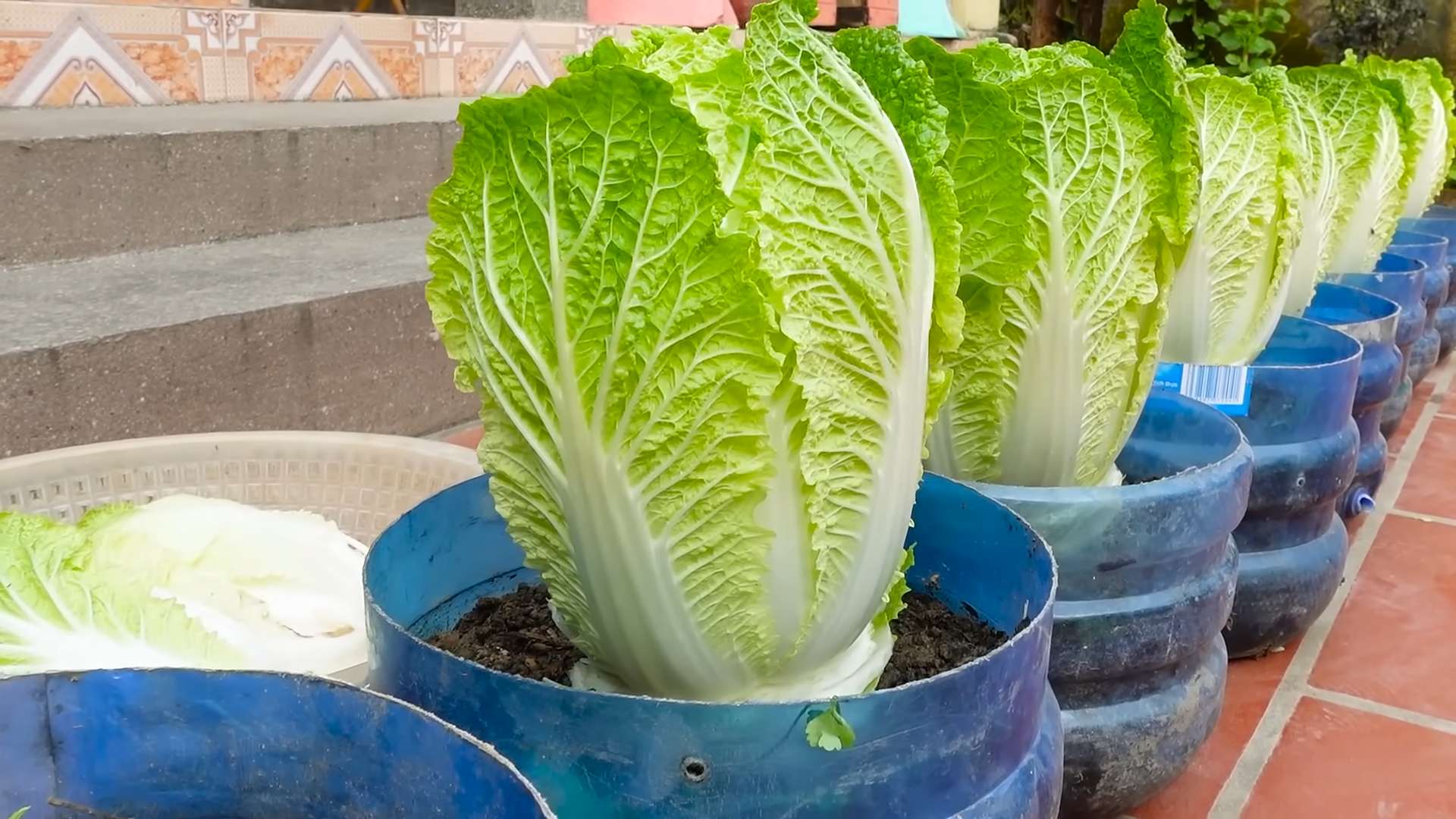
Growing Napa Cabbage at Home: A Beginner’s Guide
Okay, so you want to grow your own Napa cabbage? Awesome! It’s surprisingly easy, and nothing beats the taste of fresh, homegrown veggies. I’ve been growing Napa cabbage for a few years now, and I’m excited to share my tips and tricks with you. Let’s get started!
Choosing the Right Variety and Timing
Before we dive into the nitty-gritty, let’s talk about variety and timing. Napa cabbage is a cool-season crop, meaning it thrives in cooler temperatures. Planting at the wrong time can lead to bolting (going to seed prematurely), which makes the cabbage bitter and inedible.
* Variety Selection: There are several Napa cabbage varieties available. Some popular choices include ‘Blues’, ‘China Express’, and ‘Optiko’. ‘Blues’ is known for its disease resistance, while ‘China Express’ matures quickly. ‘Optiko’ is a good all-around choice. I personally prefer ‘China Express’ because I’m impatient!
* Timing is Key: Napa cabbage needs about 75-85 days to mature. The ideal planting times are either in early spring (as soon as the ground can be worked) or in late summer for a fall harvest. For a spring crop, start seeds indoors 4-6 weeks before the last expected frost. For a fall crop, direct sow seeds in the garden about 8-10 weeks before the first expected frost. I usually aim for a late July/early August planting for my fall crop.
Preparing the Soil
Napa cabbage needs well-drained, fertile soil with a pH between 6.0 and 7.5. Here’s how I prepare my soil:
* Soil Testing: If you haven’t already, get your soil tested. This will tell you what nutrients are lacking and what amendments you need to add. You can usually get a soil test done through your local agricultural extension office.
* Amendments: Napa cabbage is a heavy feeder, so it needs plenty of nutrients. I like to amend my soil with compost, well-rotted manure, and a balanced fertilizer. Work these amendments into the top 6-8 inches of soil.
* Drainage: Good drainage is crucial. If your soil is heavy clay, amend it with plenty of organic matter to improve drainage. You can also consider planting in raised beds. I’ve found raised beds make a huge difference in my garden.
* Sunlight: Choose a location that receives at least 6 hours of sunlight per day.
Starting Seeds Indoors (Optional)
If you’re starting seeds indoors for a spring crop, here’s what you’ll need:
* Seed Starting Trays or Pots: Use seed starting trays or small pots with drainage holes.
* Seed Starting Mix: Use a sterile seed starting mix to prevent disease.
* Watering Can or Spray Bottle: For gentle watering.
* Grow Lights (Optional): Grow lights can help prevent leggy seedlings. I highly recommend them if you don’t have a very sunny window.
* Heat Mat (Optional): A heat mat can speed up germination.
Step-by-Step Instructions for Starting Seeds Indoors:
1. Fill the trays or pots with seed starting mix. Gently firm the soil.
2. Sow the seeds. Plant the seeds about ¼ inch deep. I usually plant 2-3 seeds per cell or pot, just in case some don’t germinate.
3. Water gently. Use a watering can or spray bottle to moisten the soil. Don’t overwater!
4. Cover the trays or pots with a humidity dome or plastic wrap. This will help keep the soil moist.
5. Place the trays or pots in a warm location. A heat mat can help speed up germination.
6. Once the seeds germinate, remove the humidity dome or plastic wrap. Place the trays or pots under grow lights or in a sunny window.
7. Thin the seedlings. Once the seedlings have their first true leaves (the second set of leaves), thin them to one plant per cell or pot. Snip off the weaker seedlings at the soil line.
8. Harden off the seedlings. About a week before transplanting, gradually acclimate the seedlings to outdoor conditions. Start by placing them outside for a few hours each day, gradually increasing the amount of time they spend outdoors.
Direct Sowing Seeds Outdoors
If you’re direct sowing seeds outdoors for a fall crop, here’s what you’ll need:
* Garden Rake: To prepare the soil.
* Hand Trowel or Dibber: To make planting holes.
* Watering Can or Hose: For watering.
Step-by-Step Instructions for Direct Sowing Seeds Outdoors:
1. Prepare the soil. Rake the soil to create a smooth, even surface.
2. Sow the seeds. Plant the seeds about ¼ inch deep and 12-18 inches apart. I usually plant a few seeds per hole and then thin them later.
3. Water gently. Use a watering can or hose to moisten the soil.
4. Keep the soil moist. Water regularly, especially during dry spells.
5. Thin the seedlings. Once the seedlings have their first true leaves, thin them to one plant per 12-18 inches.
Transplanting Seedlings
If you started your seeds indoors, you’ll need to transplant them into the garden.
Step-by-Step Instructions for Transplanting Seedlings:
1. Choose a cloudy day or transplant in the late afternoon. This will help prevent transplant shock.
2. Dig holes. Dig holes that are slightly larger than the root balls of the seedlings. Space the holes 12-18 inches apart.
3. Gently remove the seedlings from their trays or pots. Be careful not to damage the roots.
4. Place the seedlings in the holes. Make sure the top of the root ball is level with the soil surface.
5. Fill in the holes with soil. Gently firm the soil around the seedlings.
6. Water thoroughly. Water the seedlings well after transplanting.
7. Mulch. Apply a layer of mulch around the seedlings to help retain moisture and suppress weeds. I like to use straw or shredded leaves.
Caring for Your Napa Cabbage
Once your Napa cabbage plants are established, here’s how to care for them:
* Watering: Napa cabbage needs consistent moisture. Water regularly, especially during dry spells. Aim for about 1 inch of water per week.
* Fertilizing: Napa cabbage is a heavy feeder, so it needs regular fertilization. I like to side-dress my plants with a balanced fertilizer every 2-3 weeks.
* Weeding: Keep the area around your Napa cabbage plants free of weeds. Weeds compete with the cabbage for nutrients and water.
* Pest Control: Napa cabbage is susceptible to several pests, including cabbage worms, aphids, and flea beetles. I’ll talk more about pest control in the next section.
* Bolting Prevention: Napa cabbage can bolt (go to seed prematurely) if it’s exposed to hot weather. To prevent bolting, plant at the right time of year and provide shade during hot spells.
Dealing with Pests and Diseases
Unfortunately, Napa cabbage is a favorite snack for several pests. Here are some common pests and diseases and how to deal with them:
* Cabbage Worms: These green caterpillars can decimate your Napa cabbage plants. I handpick them off the plants whenever I see them. You can also use Bacillus thuringiensis (Bt), a natural insecticide that’s effective against cabbage worms.
* Aphids: These tiny insects suck the sap from plants, weakening them. You can control aphids with insecticidal soap or by spraying them with a strong stream of water. Ladybugs are also natural predators of aphids.
* Flea Beetles: These tiny beetles chew small holes in the leaves of Napa cabbage plants. You can control flea beetles with row covers or by spraying them with insecticidal soap.
* Clubroot: This fungal disease causes the roots of cabbage plants to swell and become distorted. To prevent clubroot, plant in well-drained soil and avoid planting cabbage in the same location year after year. If you have clubroot in your soil, you can try raising the soil pH to 7.0-7.2 by adding lime.
* Downy Mildew: This fungal disease causes yellow spots on the upper surface of the leaves and a white, downy growth on the underside. To prevent downy mildew, provide good air circulation and avoid overhead watering. If you have downy mildew, you can try spraying the plants with a copper-based fungicide.
Harvesting Your Napa Cabbage
Napa cabbage is
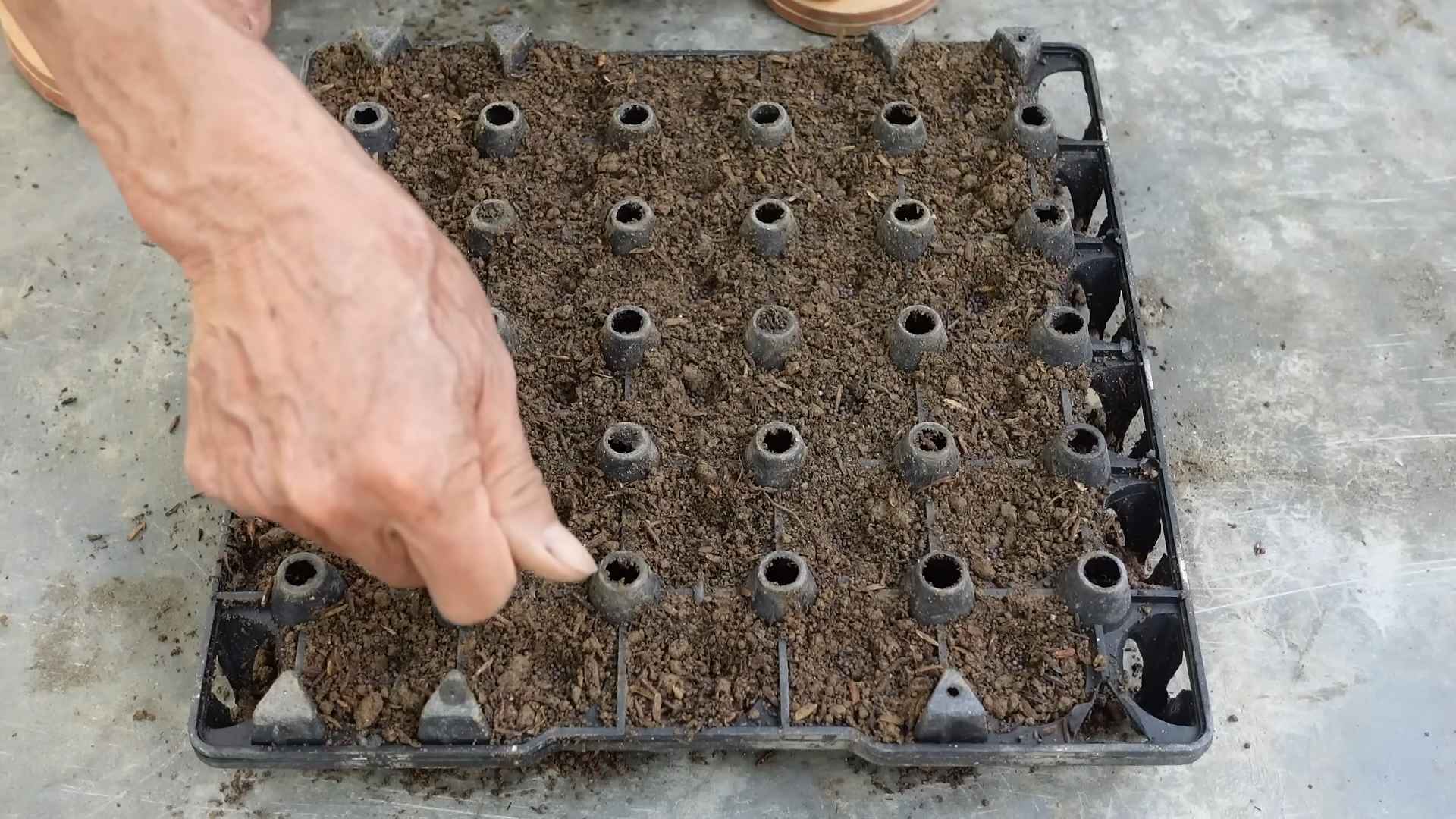
Conclusion
So, there you have it! Growing Napa cabbage at home is not only achievable, but it’s also a deeply rewarding experience. Forget those wilted, overpriced heads at the grocery store. Imagine stepping into your garden and harvesting crisp, fresh Napa cabbage whenever you need it. The flavor difference alone is enough to convince anyone to give it a try. The subtle sweetness and delicate texture of homegrown Napa cabbage are simply unmatched.
But the benefits extend far beyond just taste. You’ll have complete control over the growing process, ensuring your cabbage is free from harmful pesticides and herbicides. You’ll also be reducing your carbon footprint by cutting down on transportation costs associated with commercially grown produce. Plus, let’s be honest, there’s a certain satisfaction that comes from nurturing a plant from seed to harvest. It’s a connection to nature that’s both grounding and fulfilling.
This DIY approach to growing Napa cabbage opens up a world of possibilities. Experiment with different varieties to find your favorite flavor profile. Try succession planting to ensure a continuous harvest throughout the growing season. Consider companion planting with herbs like dill or chamomile to deter pests and attract beneficial insects. You can even adapt the growing methods to suit your specific climate and garden conditions. If you live in a warmer climate, providing shade during the hottest part of the day can make a huge difference. For those in cooler regions, starting seeds indoors and using row covers can extend your growing season.
Growing your own Napa cabbage is more than just a gardening project; it’s an investment in your health, your environment, and your overall well-being. It’s a chance to connect with nature, learn new skills, and enjoy the fruits (or rather, vegetables) of your labor.
Don’t be intimidated by the process. With a little planning and effort, you can successfully grow Napa cabbage at home, even if you’re a beginner gardener. The steps outlined in this guide are designed to be easy to follow and adaptable to different skill levels. Remember to pay attention to your plants’ needs, provide them with adequate sunlight and water, and protect them from pests and diseases.
We wholeheartedly encourage you to give this DIY trick a try. We are confident that you’ll be amazed by the results. Once you’ve harvested your first head of homegrown Napa cabbage, you’ll never want to go back to store-bought again.
And most importantly, we want to hear about your experience! Share your tips, tricks, and triumphs in the comments below. Let us know what varieties you’ve tried, what challenges you’ve faced, and what successes you’ve achieved. Your feedback will not only help us improve this guide but also inspire other gardeners to embark on their own Napa cabbage growing journey. So, grab your seeds, get your hands dirty, and start growing your own delicious and nutritious Napa cabbage today! Let’s cultivate a community of homegrown Napa cabbage enthusiasts!
Frequently Asked Questions (FAQ)
What is the best time of year to plant Napa cabbage?
The best time to plant Napa cabbage depends on your climate. Napa cabbage is a cool-season crop, meaning it thrives in temperatures between 60°F and 70°F (15°C and 21°C). In most regions, this means planting in early spring or late summer for a fall harvest. Avoid planting during the hottest months of summer, as high temperatures can cause the cabbage to bolt (go to seed) prematurely. If you live in a region with mild winters, you may be able to grow Napa cabbage as a winter crop. Check your local climate data and planting guides for specific recommendations.
How much sunlight does Napa cabbage need?
Napa cabbage requires at least 6 hours of direct sunlight per day. Choose a planting location that receives full sun for optimal growth. If you live in a region with intense summer heat, providing some afternoon shade can help prevent bolting.
What kind of soil is best for growing Napa cabbage?
Napa cabbage prefers well-drained, fertile soil that is rich in organic matter. Amend your soil with compost or well-rotted manure before planting to improve its fertility and drainage. The ideal soil pH for Napa cabbage is between 6.0 and 7.5. You can test your soil pH using a soil testing kit and adjust it accordingly.
How often should I water Napa cabbage?
Napa cabbage needs consistent moisture to thrive. Water deeply and regularly, especially during dry periods. Aim to keep the soil consistently moist but not waterlogged. Mulching around the plants can help retain moisture and suppress weeds. A good rule of thumb is to water when the top inch of soil feels dry to the touch.
What are some common pests and diseases that affect Napa cabbage?
Napa cabbage is susceptible to several pests and diseases, including cabbage worms, aphids, flea beetles, and clubroot. Regularly inspect your plants for signs of infestation or disease. Use organic pest control methods, such as handpicking pests, using insecticidal soap, or applying Bacillus thuringiensis (Bt) for cabbage worms. To prevent clubroot, practice crop rotation and ensure your soil is well-drained.
How do I harvest Napa cabbage?
Napa cabbage is ready to harvest when the head is firm and compact. The size of the head will vary depending on the variety, but most varieties are ready to harvest in 70-80 days from planting. To harvest, simply cut the head off at the base with a sharp knife.
Can I grow Napa cabbage in containers?
Yes, you can grow Napa cabbage in containers, but you’ll need to choose a large container that is at least 12 inches in diameter and depth. Use a well-draining potting mix and provide regular watering and fertilization. Container-grown Napa cabbage may require more frequent watering than plants grown in the ground.
How do I store Napa cabbage after harvesting?
Napa cabbage can be stored in the refrigerator for several weeks. Wrap the head in plastic wrap or store it in a plastic bag to prevent it from drying out. You can also ferment Napa cabbage to make kimchi, a traditional Korean dish.
What are some good companion plants for Napa cabbage?
Good companion plants for Napa cabbage include dill, chamomile, rosemary, thyme, and marigolds. These plants can help deter pests and attract beneficial insects. Avoid planting Napa cabbage near other members of the brassica family, such as broccoli, cauliflower, and kale, as they can attract the same pests and diseases.
Can I save seeds from my Napa cabbage plants?
Saving seeds from Napa cabbage can be challenging because it is a biennial plant, meaning it typically takes two years to produce seeds. If you want to save seeds, you’ll need to overwinter the plants and allow them to flower and produce seeds in the second year. However, Napa cabbage is often cross-pollinated, so the seeds may not produce plants that are true to type.

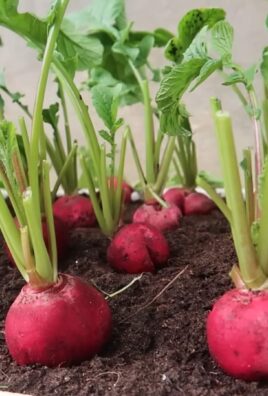
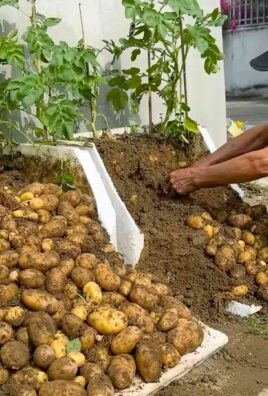
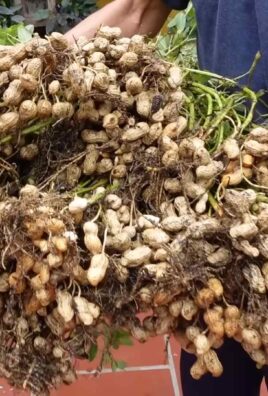
Leave a Comment